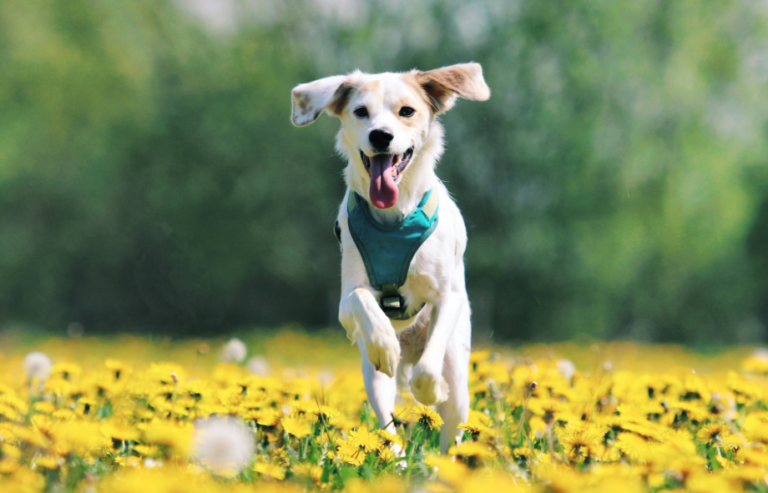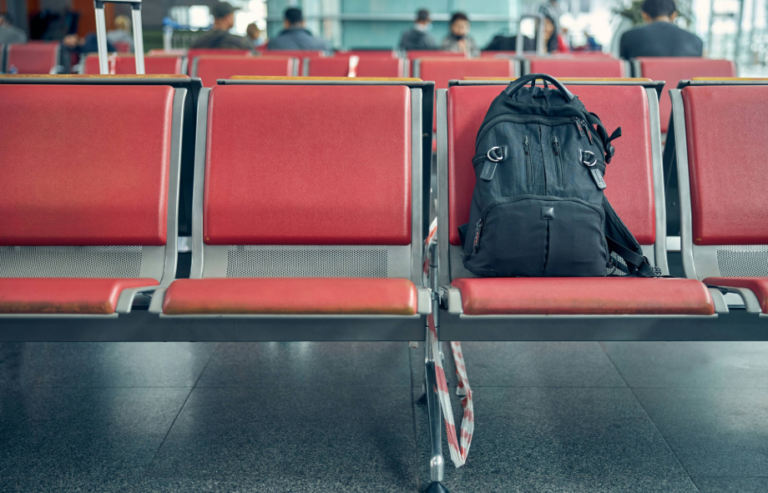January Flash Sale – Save £150 When You Book and Fly by 31 January 2026
Relocating abroad is emotional enough without worrying about whether your pet’s travel plan is truly safe, compliant, and properly managed. January is one of those months where everything can feel urgent – new jobs start, tenancies change, visas progress, and suddenly the countdown is very real.
That’s why we’ve launched a January Flash Sale for families travelling soon.
Book and fly in January 2026 (up to 31st January 2026) and receive £150 off your pet relocation. It’s a genuine saving, with the same vet-led care and the same clear, transparent support you’d expect from PetAir UK.

What the January Flash Sale includes
When you travel with PetAir UK, you’re not just paying for a flight. You’re investing in a properly planned journey that protects your pet’s welfare and helps you avoid expensive mistakes.
With this offer, you’ll receive:
- £150 off when you book and fly in January 2026 (up to 31st January 2026)
- Vet-led guidance from a team who understands animal welfare, stress, and safe travel planning
- Clear pricing built around our no hidden costs approach
- A structured process to help keep everything calm, organised, and compliant
If you’ve been comparing quotes and feeling unsure what’s included (or what’s missing), this is often where the real value sits – not in the headline number, but in the protection and support behind it.
Why booking properly matters (especially when you’re close to travel)
As veterinary professionals, we see the same issues crop up when pet travel is arranged too quickly or without the right checks. These can include last-minute document problems, avoidable delays, and stress for pets and owners alike.
A safe relocation plan should support:
- Welfare-first travel choices tailored to your pet
- Correct documentation and timing for your destination
- Clear expectations so you’re not hit with surprise extras later
- Practical reassurance when you’re juggling a move, family logistics, and deadlines
- The goal is simple: a smooth journey and a healthy, settled pet at their destination.
Who this offer is ideal for
This flash sale is best suited if:
- You’re moving abroad soon and your pet needs to fly in January 2026
- You want a trusted, end-to-end service rather than trying to coordinate multiple suppliers
- You care about clear pricing and want to avoid hidden costs
- You’d like a team who can explain requirements in plain English and keep you on track
Whether your pet is a confident traveller or the sensitive type who worries easily, planning makes all the difference.
How to claim your £150 discount
- Click Get a Quote and tell us your destination, dates, and pet details
- Our team will confirm availability and suitability
- If you’re travelling in January 2026, we’ll apply the £150 January Flash Sale discount in line with the offer terms
Please note: This offer applies to new bookings flying out of the UK only. Unfortunately it cannot be applied retrospectively to any existing booking or be combined with any other promotional offer.




